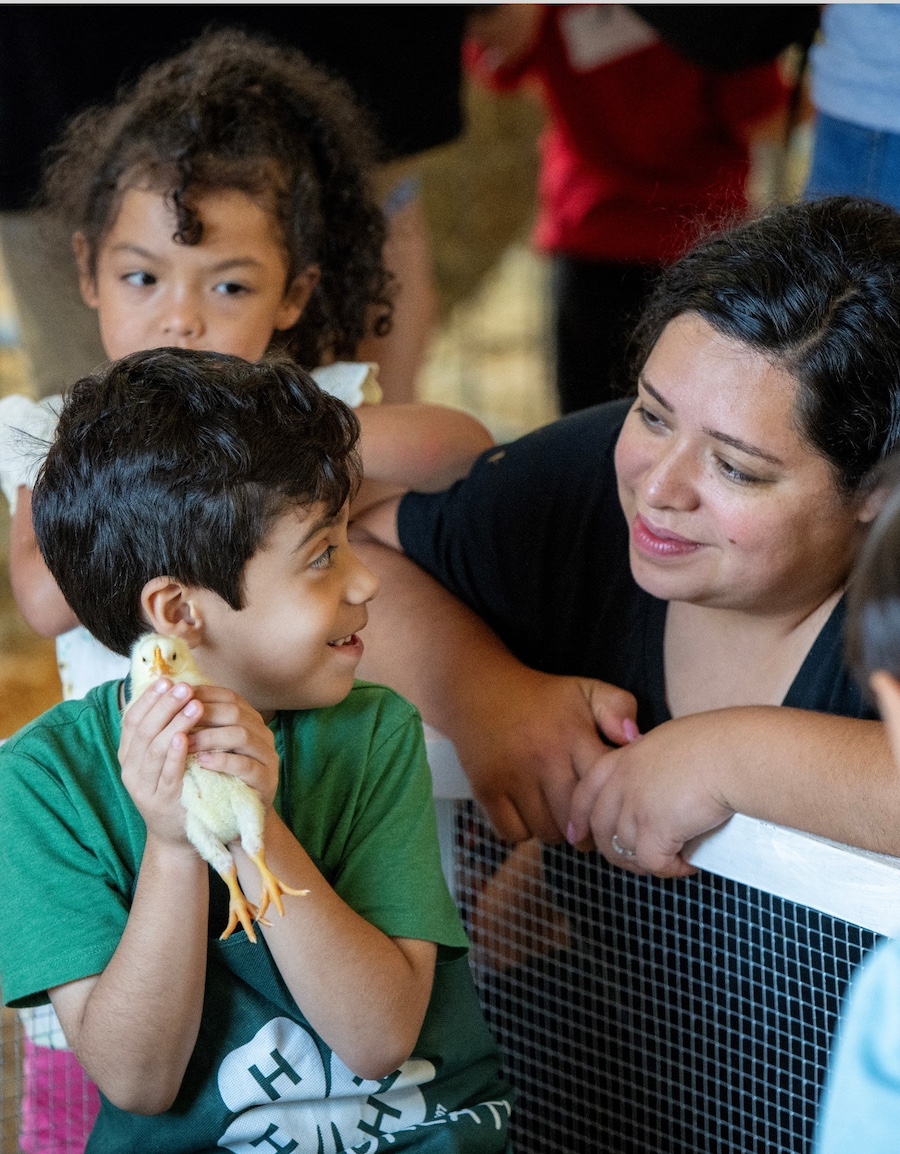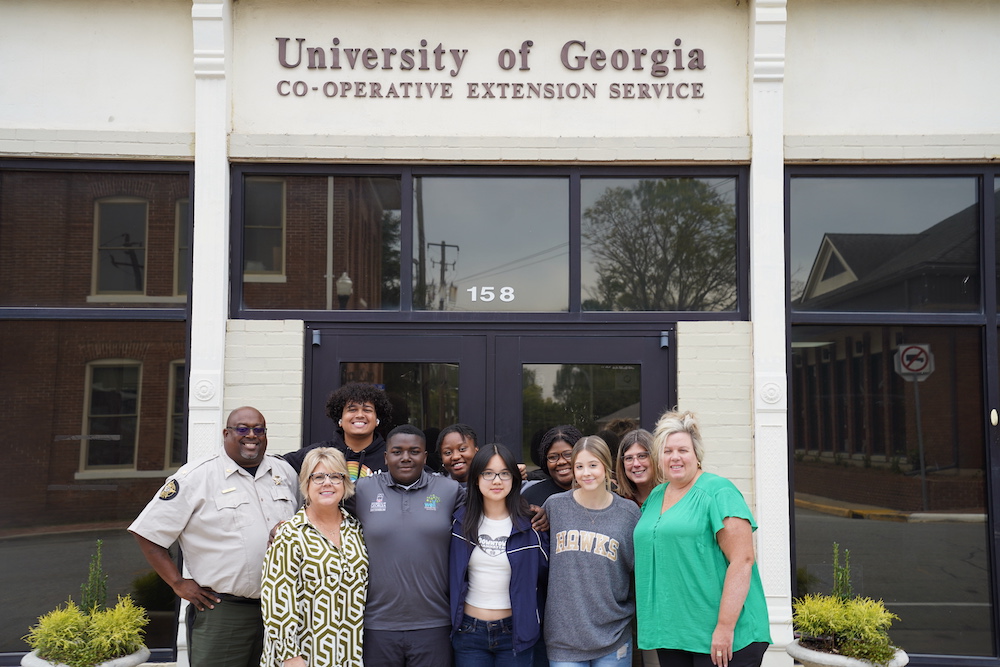Never far from the surface, race relations have dominated headlines in recent months.
News stories about protests in Ferguson and Baltimore, the Confederate battle flag and the shootings in Charleston, South Carolina, can cause children to ask questions that parents might not be ready to answer.
However difficult or awkward these questions are, they are a starting point for important conversations about race, said Emilie Smith, the Janette McGarity Barber Distinguished Professor and head of the human development and family science department within the University of Georgia College of Family and Consumer Sciences.
But how do you talk to your kids about race and ethnicity? And what do you tell them? The answers to these questions are complex and can have lasting effects.
“This is where it gets really difficult,” Smith said.
First off, Smith said, it’s important for parents to talk to their children about race and ethnicity, rather than ignoring the issue or acting like race and ethnicity no longer impact our lives.
“We need to teach our children how to interact with other people,” she said. “But what should we say to them (to) really help them become the kids (who) will interact well with people of all different groups?
“Somehow, I think it has to be a combination of, ‘We see race, but that’s not how we make our decisions about people.’”
The age of the child is critical in deciding how to talk about race and ethnicity, Smith said. For many 6-year-olds, when they talk about race or color, they literally mean color, “and maybe that should be all it should be” at that age, Smith said.
“We don’t want to color their world in ways they don’t think about it,” she said.
As children mature and understand more about other races, cultures and beliefs, conversations can evolve into discussions of shared history and stories of cooperation.
Smith, an African-American female who was raised in the South in the 1960s and ’70s and later spent several years working in the North, uses the example of the march from Selma to Montgomery, Alabama, in 1965 during the height of the civil rights movement to illustrate the point.
Both black and white people participated in the movement, she said, becoming a powerful example of the need for all races to work together to accomplish social justice.
“To me, that’s a powerful model,” she said of the Selma march. “(It’s important for parents) to say that social justice is not a color thing, that we can all tackle social justice.”
Smith said she has seen a similar cooperative response in the wake of the murder of African-American church members in Charleston, South Carolina, this summer. The community has come together in support of the church and the family members of the victims and to stand against hatred espoused by the 21-year-old white male who committed the murders. Events like these can be a starting point for parents to talk to their children about how to make our world a kinder, more equitable place.
While talking about the issue with older children is important, Smith said, equally important is demonstrating a respect for all races in our daily lives.
“Our children learn powerful lessons by the way we interact with people,” Smith said. “I think parents must emphasize values. (We need to stop saying), ‘I don’t see color or race,’ and take it to the next stage of saying, ‘I see it, and it’s good.’”
Much of the work looking at how families talk about race and ethnicity has been focused on minority families, and more research needs to be done on how white families talk about race and ethnicity, Smith said.
Smith's research has focused in part on how parents in minority groups talk to their children about racial and ethnic differences and attitudes towards other groups. For example she has looked at the racial and ethnic socialization, or how parents communicate information and values to their children, from the minority viewpoint. She’s found that some families emphasize cultural values to foster the strength needed to succeed and combat negative stereotypes.
Another element of socialization studied by Smith and other researchers is the “preparation for bias” in which minority parents prepare their children for discrimination, which tends to be a little more delicate.
“What the research is telling us is that we have to be very careful about that sort of thing,” Smith said. “If we over-communicate this idea that there’s going to be racism or discrimination, it can discourage a child. It’s a really tricky balance.”
Ultimately, Smith said, it’s the responsibility of parents of all races to communicate shared values that emphasize mutual respect. This can be done while also embracing and celebrating those things that make us unique, she said.
“What we do know is that when you interact with people who are similar to you in every way except for color, you’re more likely to change your attitudes,” Smith said. “When we do this, we start to break down misconceptions about each other.”




.png)

